Revisiting the Community Land Trust: An Academic Literature Review
Community and Economic Development Program of UNC
DECEMBER 9, 2022
Housing prices have increased far faster than incomes (Miller 2015), making affordable homeownership inaccessible for many aspiring homeowners (Hackett et al. CLT homeownership helps to protect property values from economic shocks—both the property owned by the trust and other properties nearby (Decker 2018, Nelson 2020).

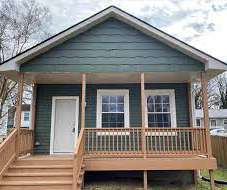
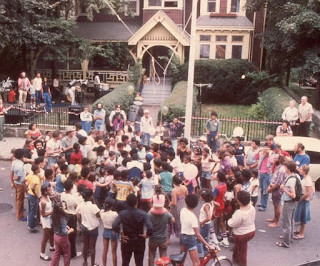
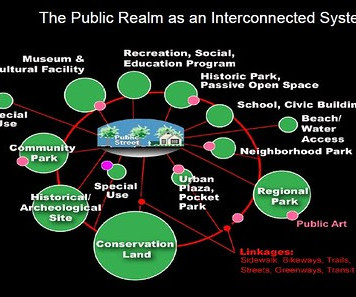
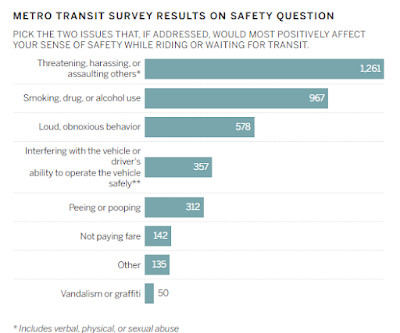
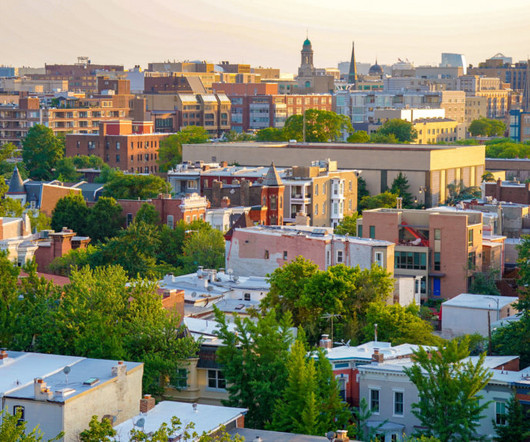







Let's personalize your content